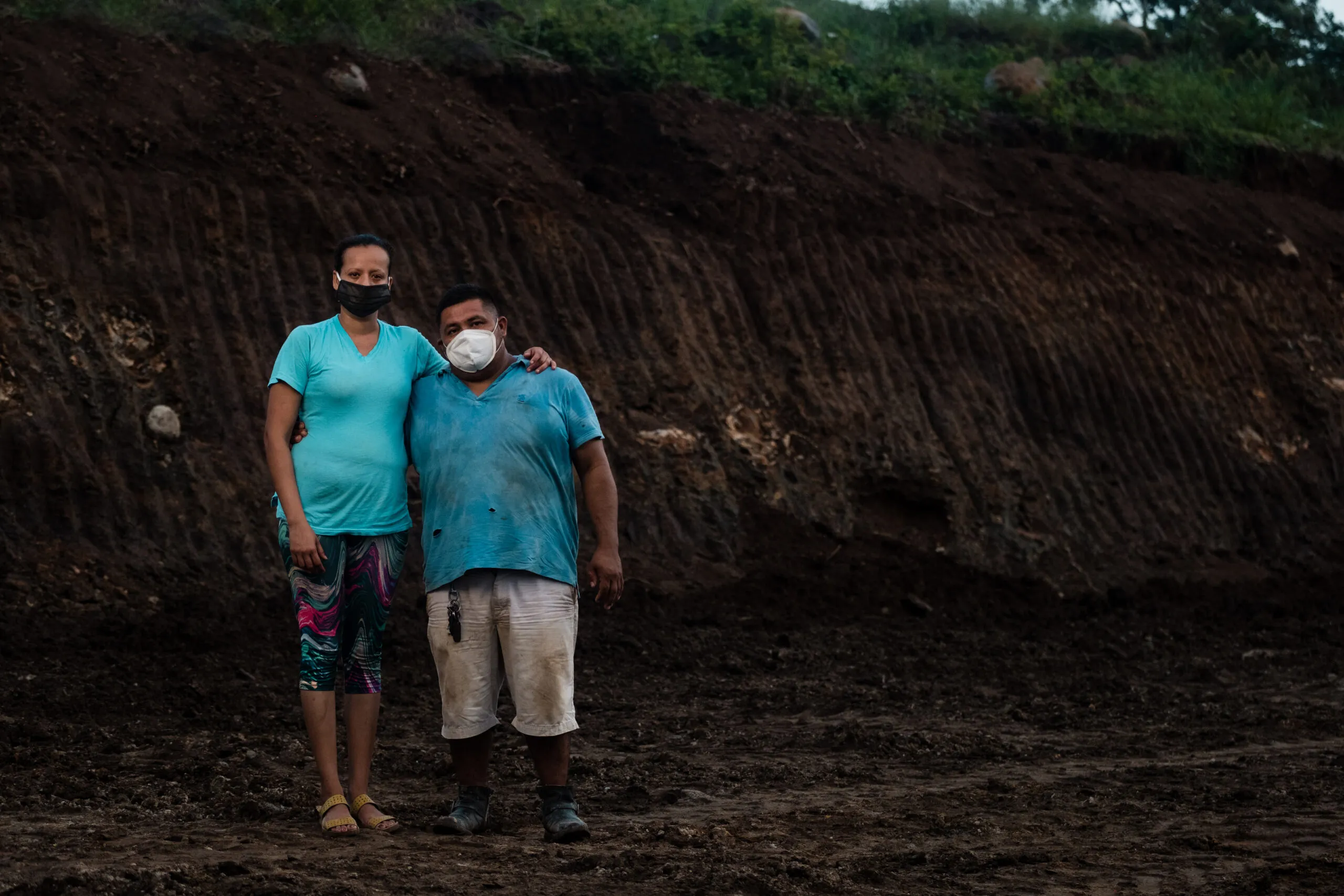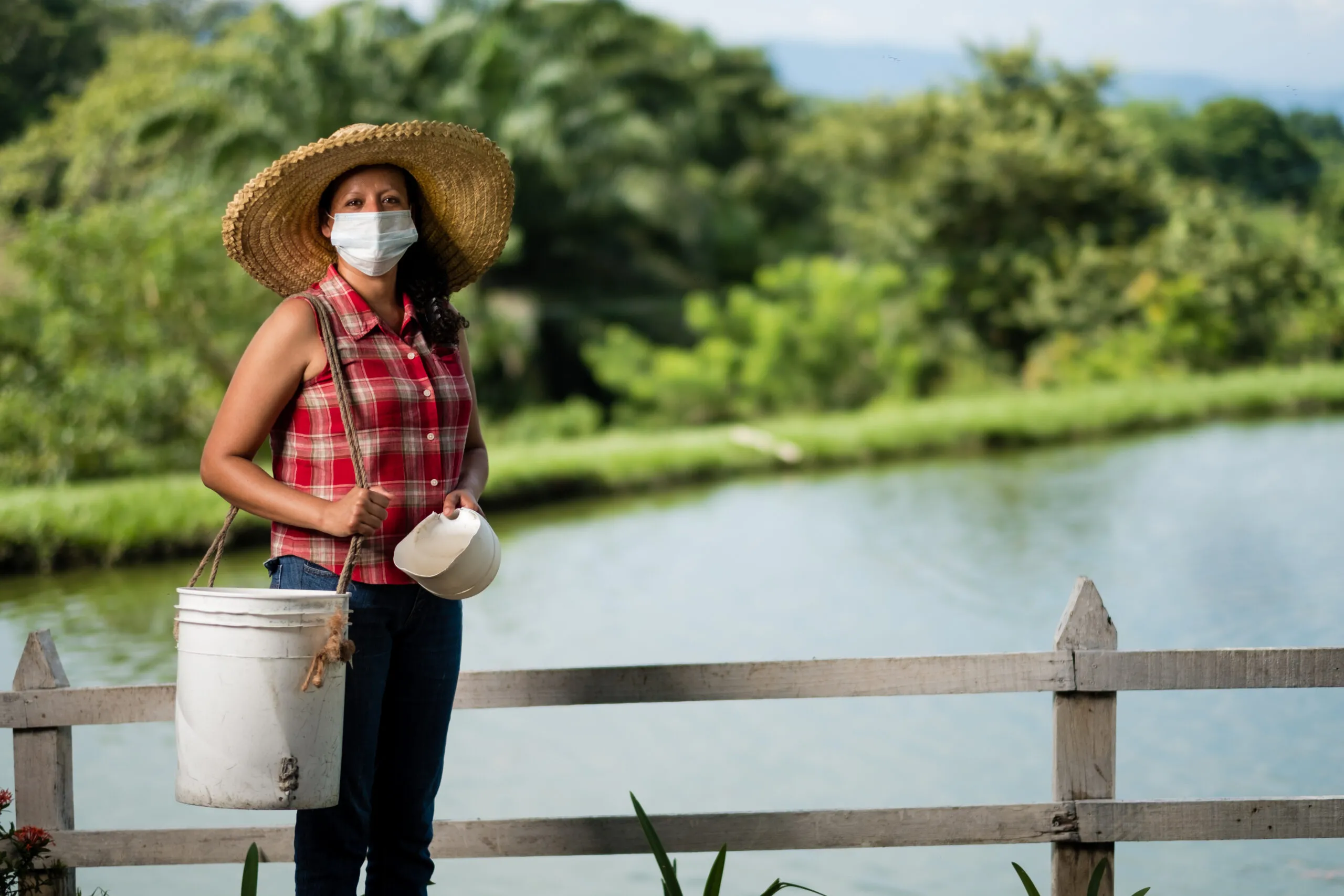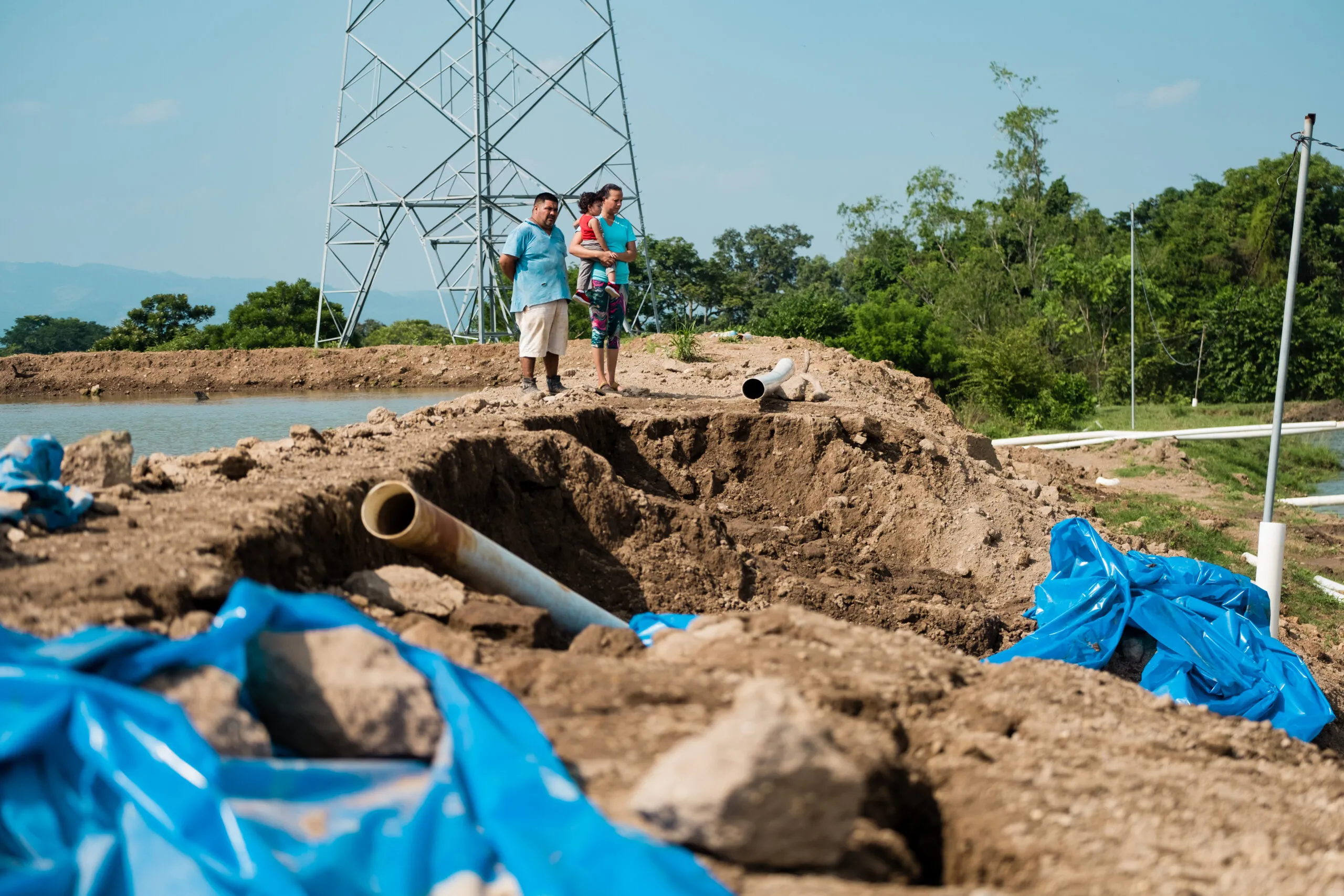Hurricane Eta hit Honduras Nov. 3, ripping apart roads and bridges and causing massive landslides and major flooding before moving across Central America and the Caribbean. More than 2 million people in the region have been impacted, with Honduras experiencing the most severe impacts. The country remains in national red alert, with an estimated 20% of the population affected, many of whom are cut off from assistance.
“In Honduras we currently have a multi-threat disaster with Dengue, this natural disaster and high numbers of COVID-19 cases,” says CARE Honduras Country Director Maite Matheu. “People are still trapped and living on their roofs to escape the flood waters in some of the worst affected areas. Around 68 communities remain entirely cut off, and homes, bridges and other key infrastructure have been destroyed, as well as large numbers of livestock killed.”
María Magdalena Rivera Villatoro, 39, is a tilapia farmer in Santa Cruz de Yojoa in the country’s northeastern region. Eta caused the river where they farm to overflow, destroying her family’s livelihood.
“It is painful to see destroyed what you have worked so hard for day after day … it is really painful.”



